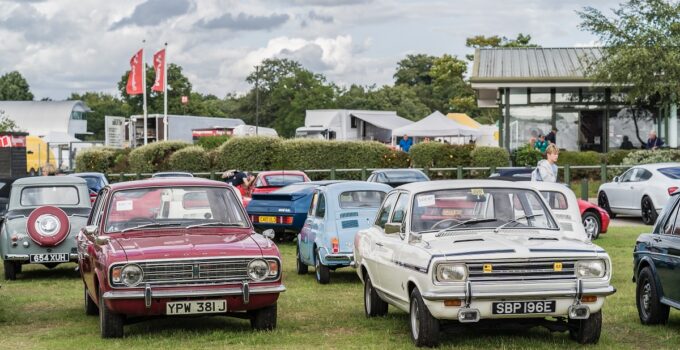In an era where technology drives our daily lives, it might seem counterintuitive that the vintage car market is thriving. Yet, classic cars are experiencing a renaissance, appealing to both seasoned collectors and new enthusiasts alike. What’s behind this surge in popularity for vehicles from a bygone era?
1. Nostalgia and Emotional Connection
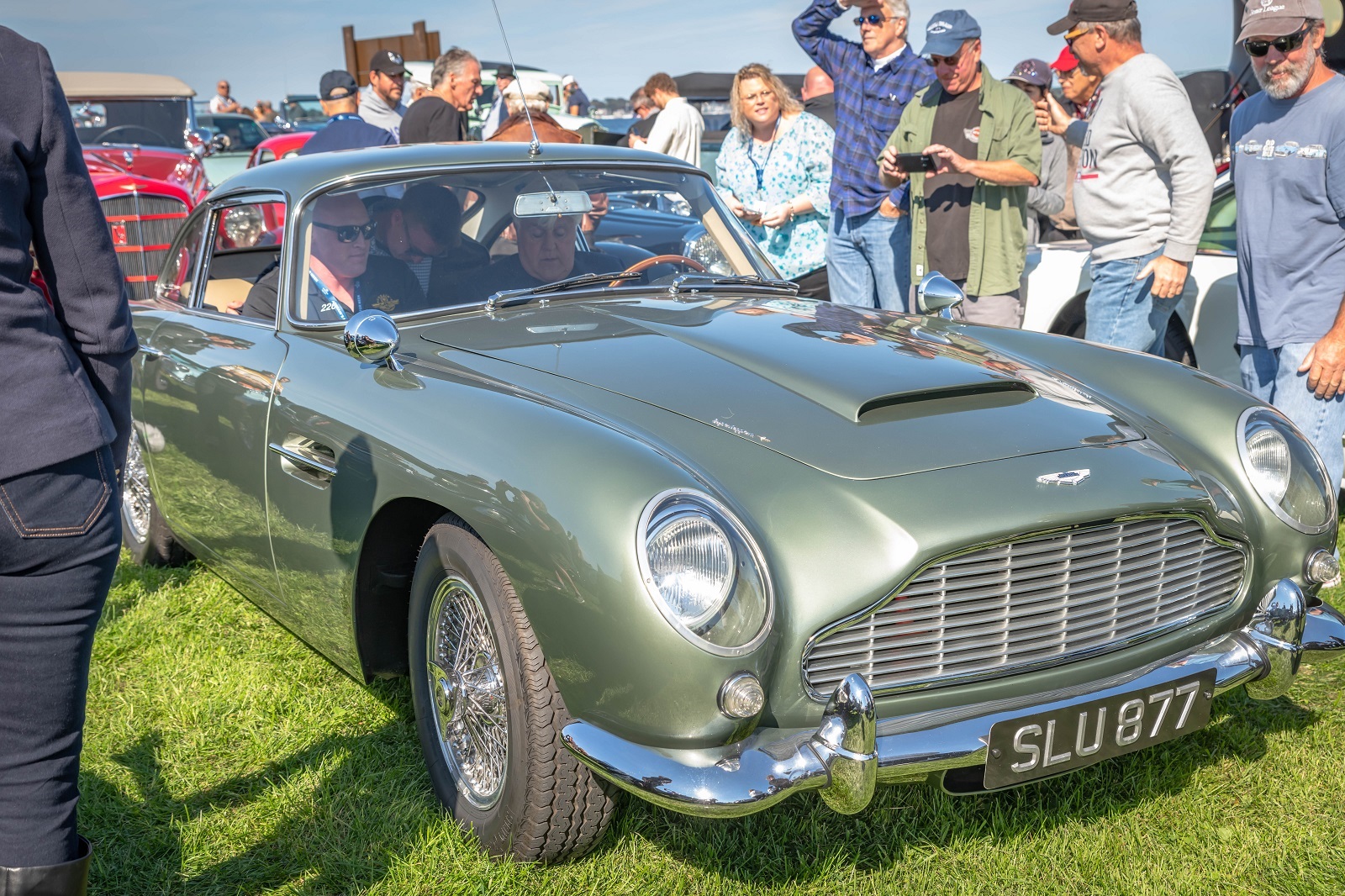
Image Credit: Massimiliano / Keith J Finks
Vintage cars evoke a deep sense of nostalgia and emotional connection for many people. They represent a simpler time when craftsmanship and design were celebrated, drawing enthusiasts who crave that connection to the past. This emotional bond adds value beyond mere investment, making classic cars highly desirable.
2. Rising Wealth and Discretionary Spending

Image Credit: Shutterstock / Dmitry Eagle Orlov
As disposable income increases among certain demographics, more people are investing in classic cars. High-net-worth individuals and collectors see vintage cars as both a luxury and a status symbol. The growing wealth in various sectors fuels this demand, contributing to the market boom.
3. The Appeal of Unique Ownership
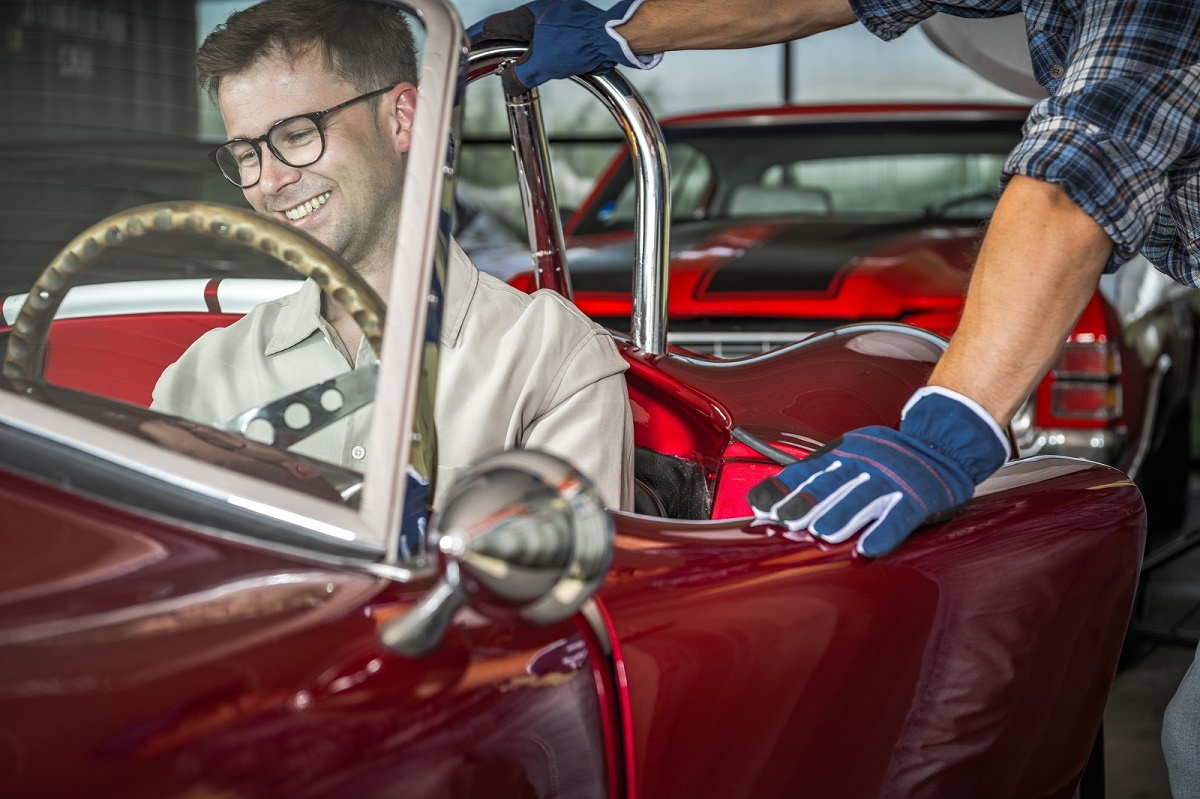
Image Credit: Shutterstock / Virrage Images
Owning a vintage car offers a sense of uniqueness and individuality. Unlike mass-produced modern vehicles, classic cars stand out due to their distinct design and history. This exclusivity attracts buyers who want to make a statement with their vehicle.
4. Digital Platforms and Market Accessibility

Image Credit: Shutterstock / T. Schneider
Digital platforms and online auction sites have made it easier for buyers and sellers to connect. Websites like Bring a Trailer and Hemmings allow enthusiasts to browse and bid on classic cars from the comfort of their homes. This increased accessibility has expanded the market and driven up interest.
5. Investment Potential

Image Credit: Shutterstock / Mr.Nikon
Vintage cars are increasingly seen as a solid investment. Historically, classic cars have appreciated in value, offering potential financial returns for savvy buyers. The allure of owning a piece of automotive history that could grow in value over time is a strong motivator.
6. Restoration and Customization Culture

Image Credit: Shutterstock / Nikita M production
The culture of restoration and customization is thriving, thanks to the digital age. Online forums, tutorials, and social media groups provide valuable resources for enthusiasts working on classic car projects. This support network encourages more people to invest in vintage cars, knowing they can find help and advice easily.
7. Classic Car Events and Shows
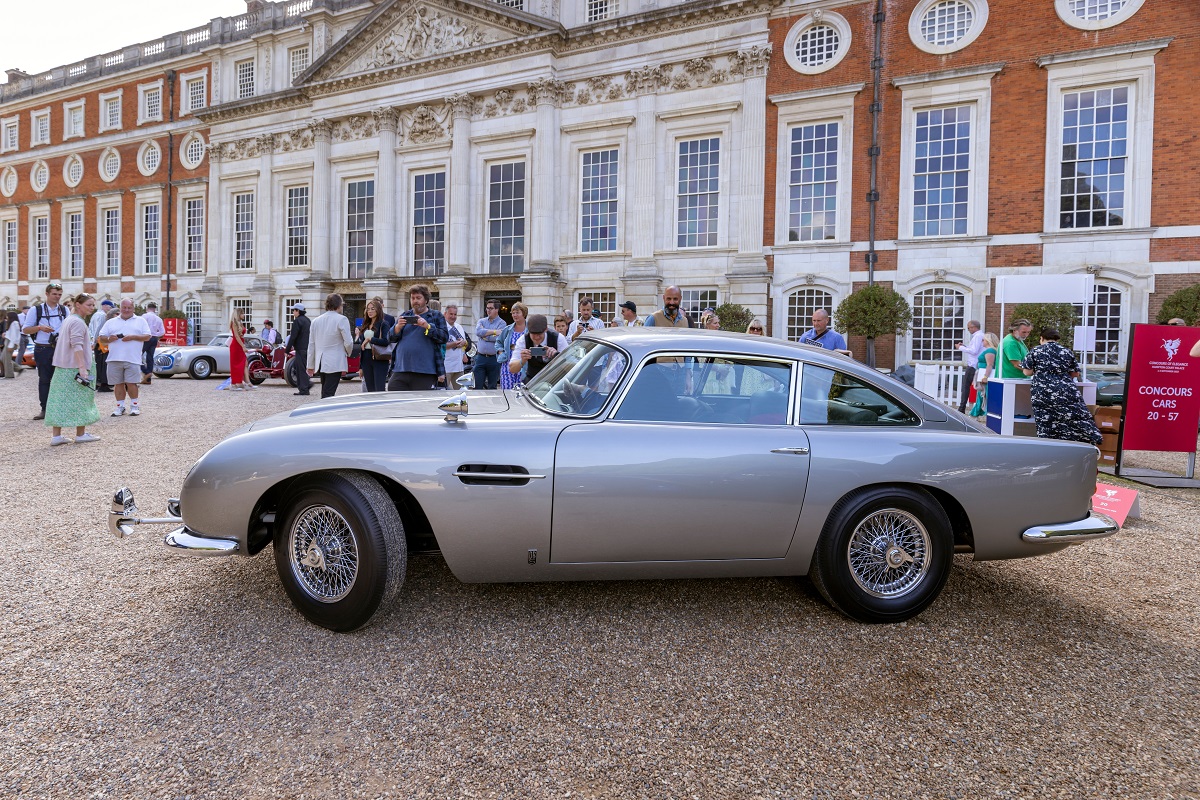
Image Credit: Shutterstock / jimmonkphotography
Events and shows dedicated to classic cars have gained popularity, drawing large crowds and media attention. Annual events like the Pebble Beach Concours d’Elegance and the Goodwood Revival showcase stunning vintage vehicles and attract enthusiasts from around the world. These events help sustain interest in classic cars and fuel market growth.
8. Historical Significance and Heritage
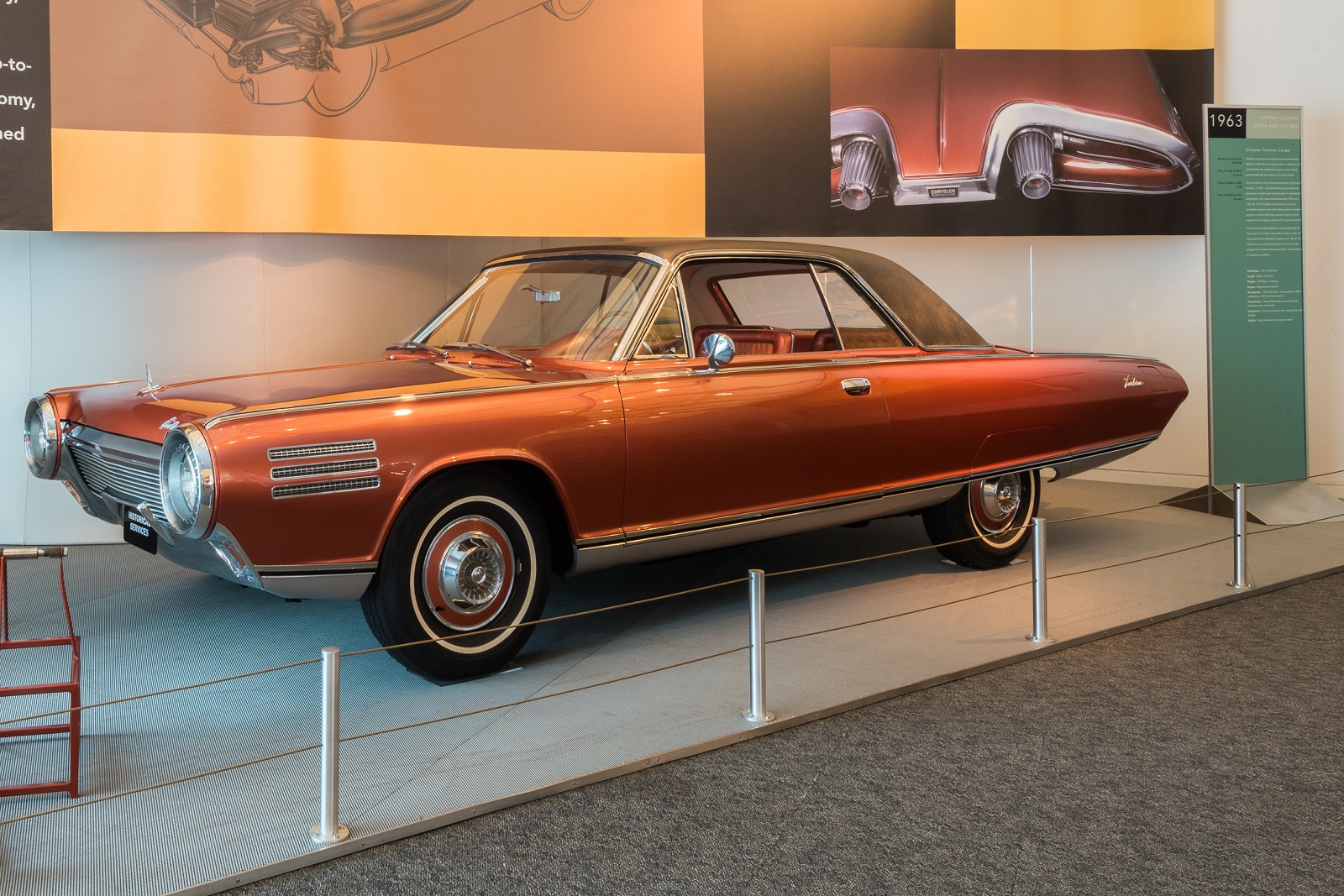
Image Credit: Shutterstock / Steve Lagreca
Many classic cars have historical significance and represent important milestones in automotive history. Collectors and historians value these vehicles for their contribution to car culture and technological advancements. Owning a piece of this history adds a layer of prestige to classic car ownership.
9. Social Media and Influencer Impact

Image Credit: Shutterstock / Rawpixel.com
Social media and influencers play a significant role in popularizing vintage cars. Platforms like Instagram and YouTube feature enthusiasts showcasing their classic car collections and restoration projects. This exposure helps generate interest and enthusiasm among a broader audience.
10. Limited Supply and Increased Demand
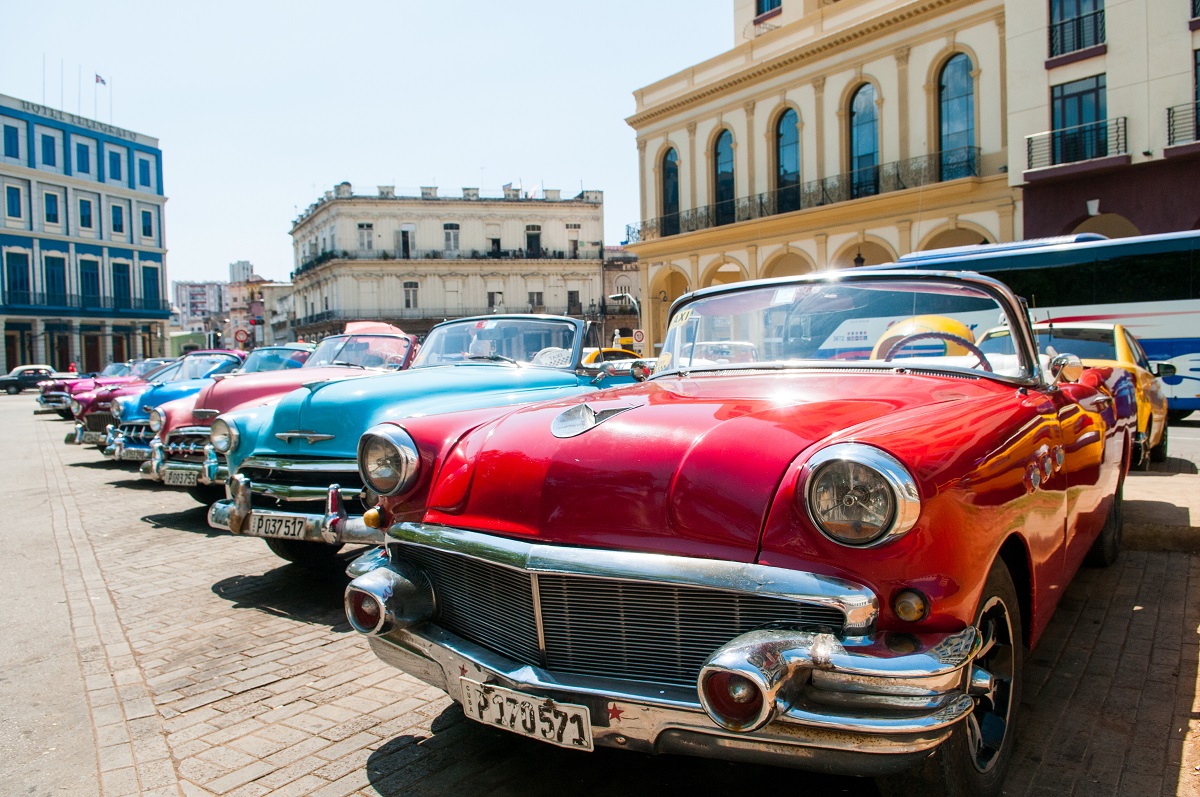
Image Credit: Shutterstock / Suzanne Tenuto
The supply of vintage cars is inherently limited due to their age, while demand continues to rise. The scarcity of well-preserved or restored models drives up prices and makes them highly sought after. This supply-demand dynamic keeps the vintage car market vibrant and competitive.
11. Classic Cars as Cultural Icons

Image Credit: Shutterstock / Richie Chan
Many vintage cars are celebrated as cultural icons, representing specific eras or movements in automotive history. Their design and engineering reflect the values and aesthetics of their time, making them symbols of cultural heritage. This iconic status adds to their appeal and market value.
12. Technological Retro Appeal
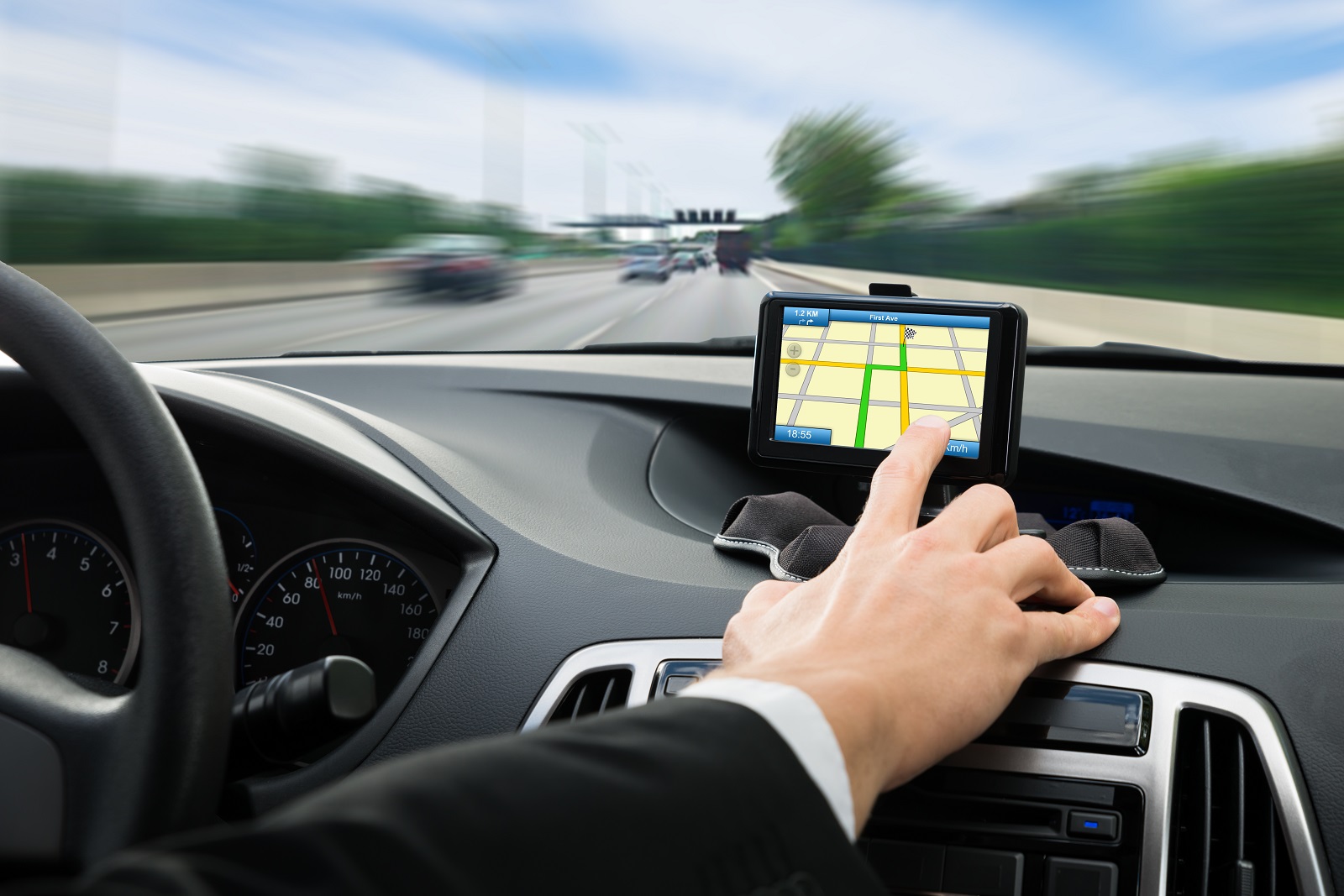
Image Credit: Shutterstock / Andrey_Popov
In contrast to modern tech-heavy vehicles, classic cars offer a nostalgic, tech-free driving experience. Enthusiasts appreciate the simplicity and mechanical purity of older models, which stand in stark contrast to today’s computer-laden cars. This retro appeal is a key factor driving interest in vintage vehicles.
13. Community and Club Involvement
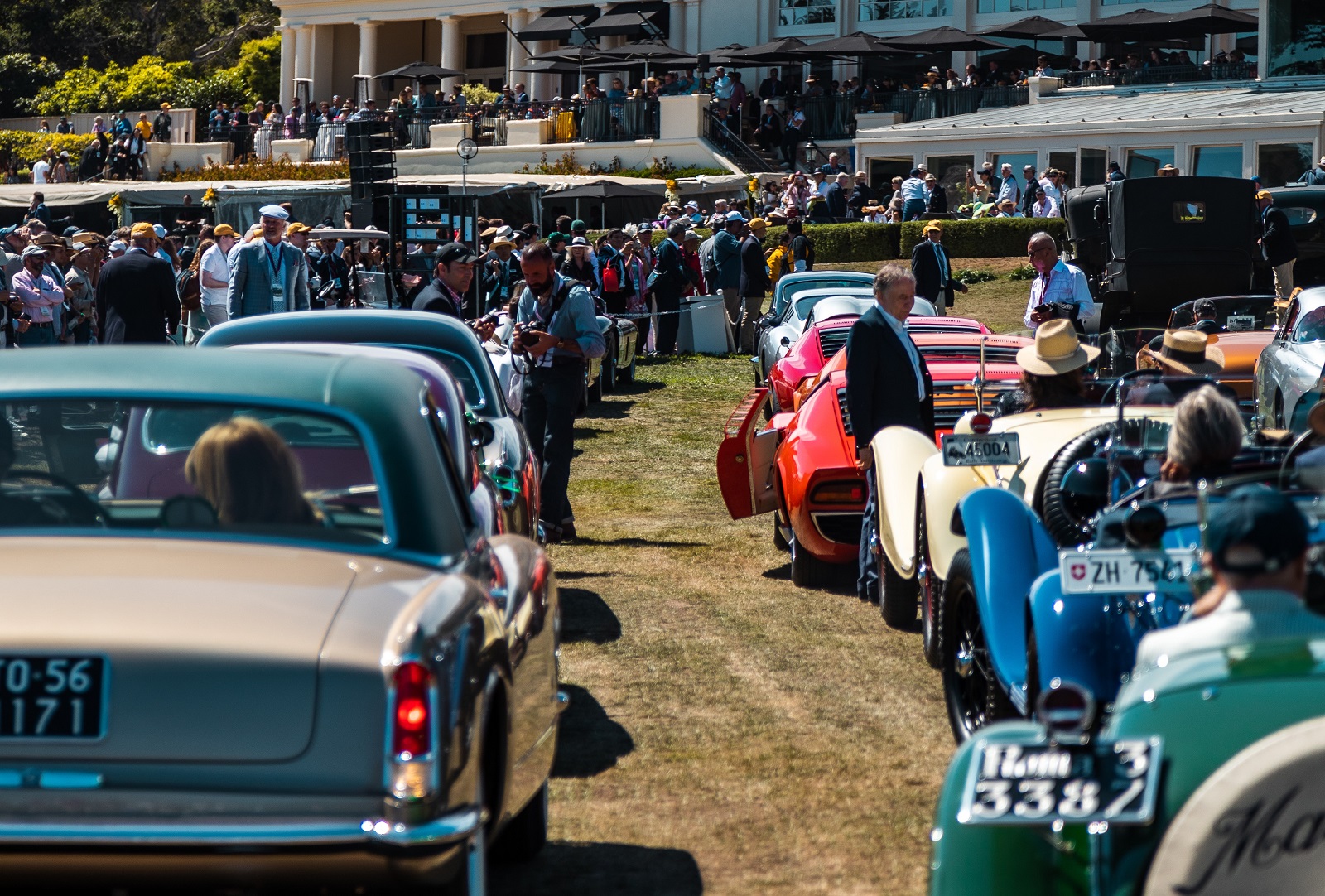
Image Credit: Shutterstock / Nikita M production
Vintage car clubs and communities provide a strong support network for enthusiasts. These organizations offer resources, social events, and camaraderie among members who share a passion for classic cars. The sense of community enhances the ownership experience and promotes market growth.
14. Media and Entertainment Exposure
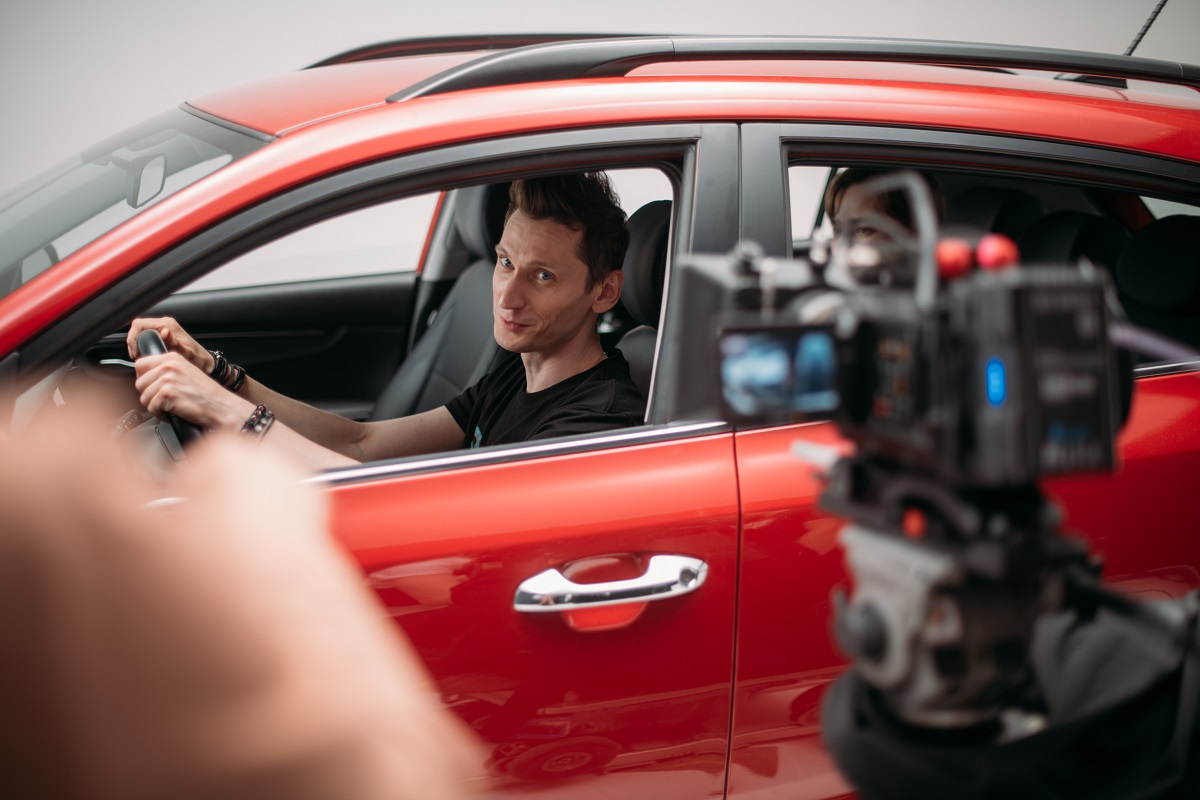
Featured Image Credit: Shutterstock / Grusho Anna
Vintage cars frequently appear in movies, television shows, and advertisements, reinforcing their allure and cultural significance. Iconic films and series featuring classic cars continue to spark interest and admiration. This media exposure helps keep vintage cars in the public eye and stimulates market demand.
15. Restoration and Preservation Techniques

Image Credit: Shutterstock / Rakhmat Darmawan
Advancements in restoration and preservation techniques have improved the quality and longevity of classic cars. Modern technologies and materials make it possible to restore vintage vehicles to near-original condition. This improved quality increases their appeal and value, attracting more buyers.
16. Global Market Expansion
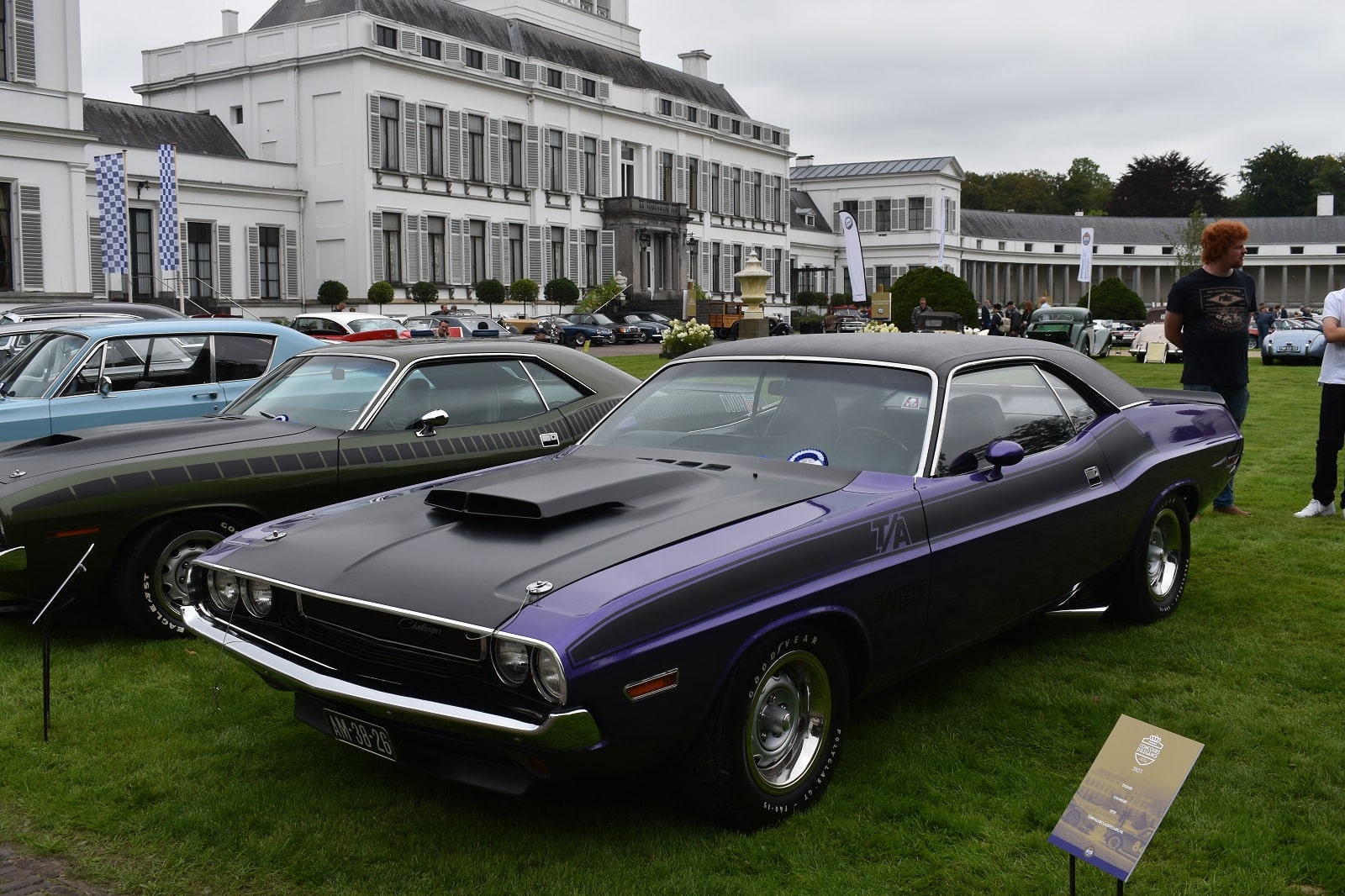
Image Credit: Shutterstock / Stoqliq
The vintage car market is expanding globally, with collectors and enthusiasts from various countries joining the fray. International interest and trade in classic cars have broadened the market and introduced new buyers. This global reach contributes to the overall boom in vintage car sales.
17. Lifestyle and Status Symbol
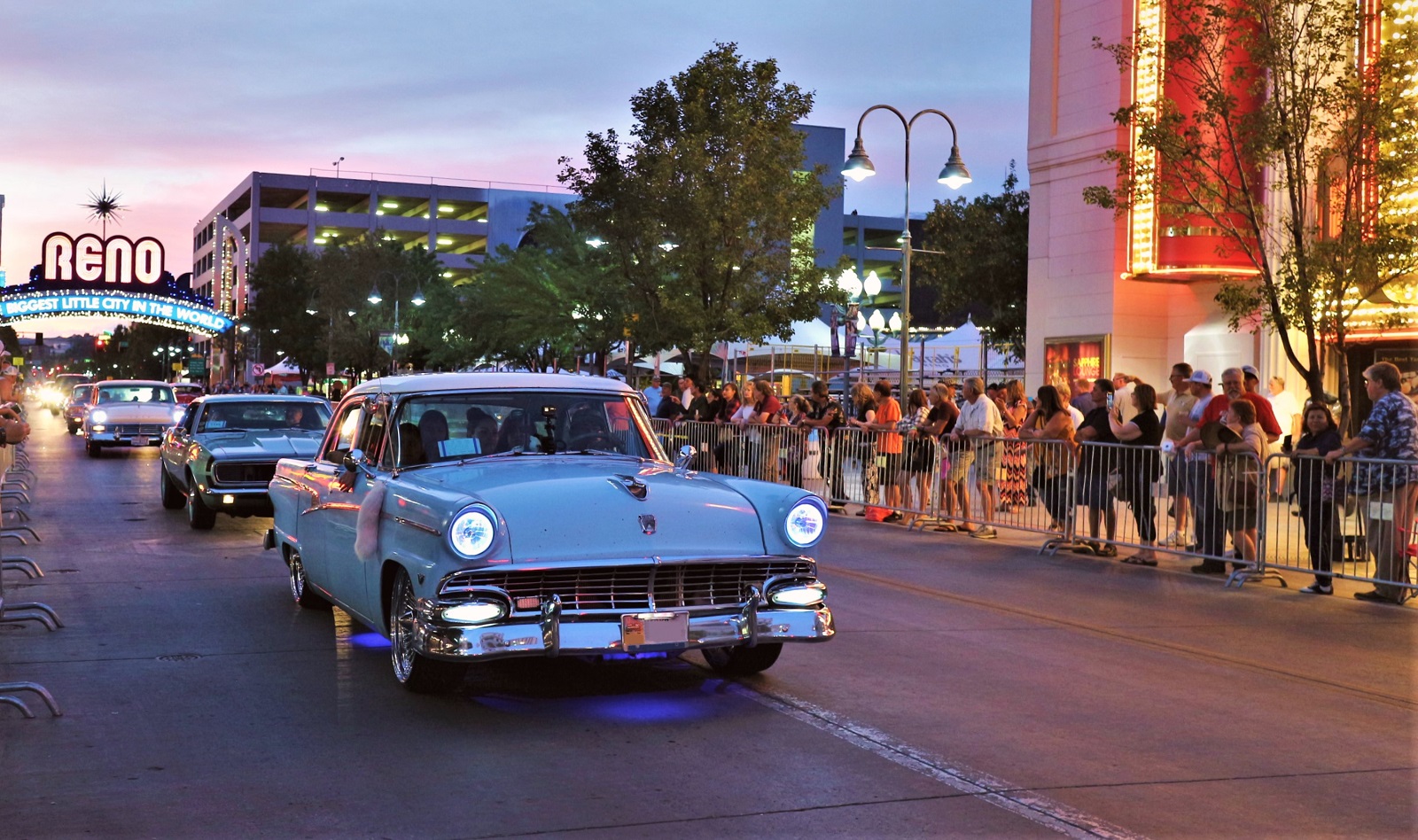
Image Credit: Shutterstock / BENYAPREAW
For many, owning a vintage car is a lifestyle choice and a status symbol. Classic cars often represent a passion for history, style, and luxury, making them highly desirable among affluent buyers. This aspirational aspect boosts their market value and desirability.
18. Personalized Driving Experience
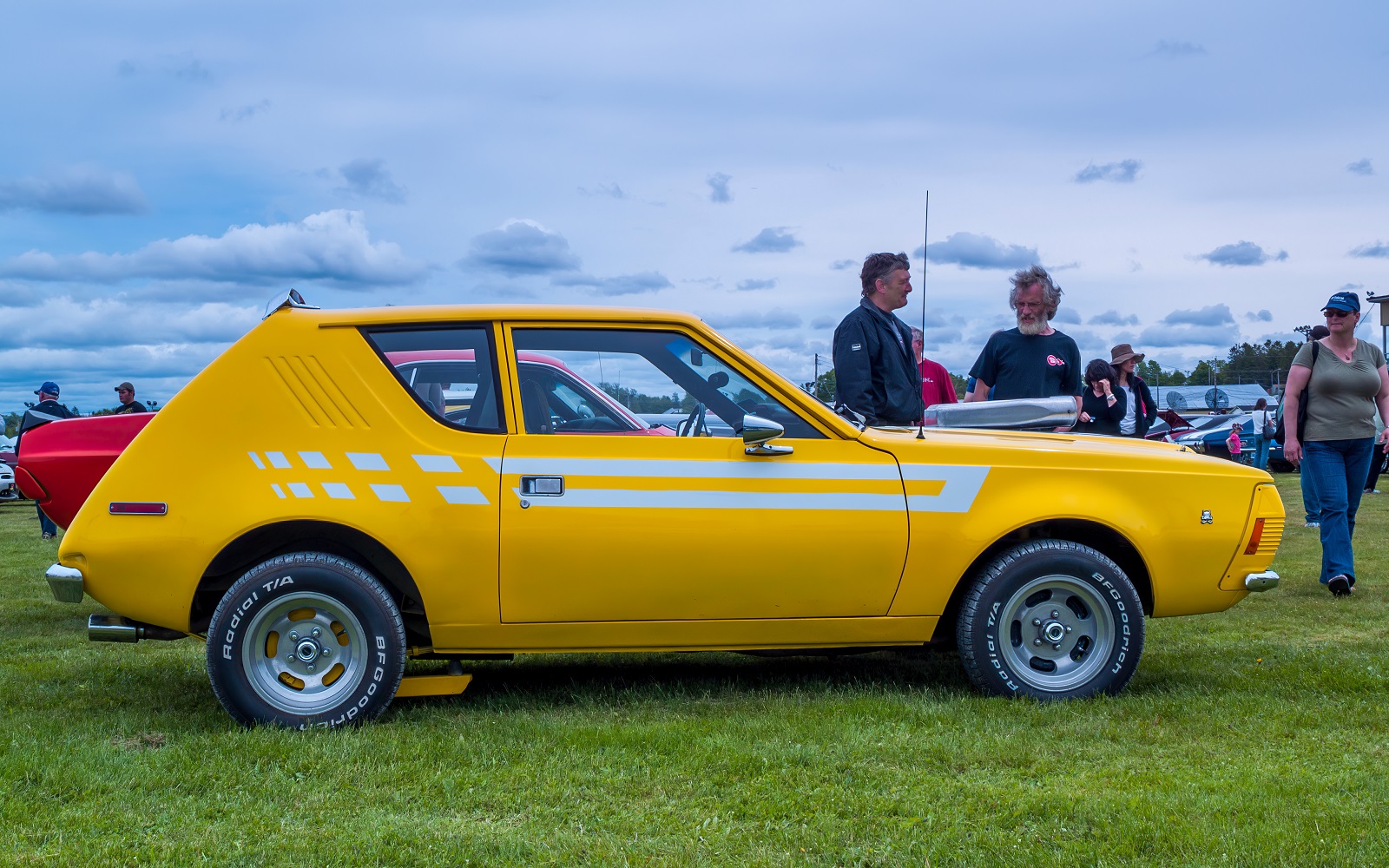
Image Credit: Shutterstock / Ken Morris
Driving a vintage car offers a unique, personalized experience that modern vehicles often lack. Enthusiasts value the tactile feel and distinct characteristics of older models. This personalized driving experience is a significant draw for buyers looking for something different.
19. Legacy and Family Heirlooms
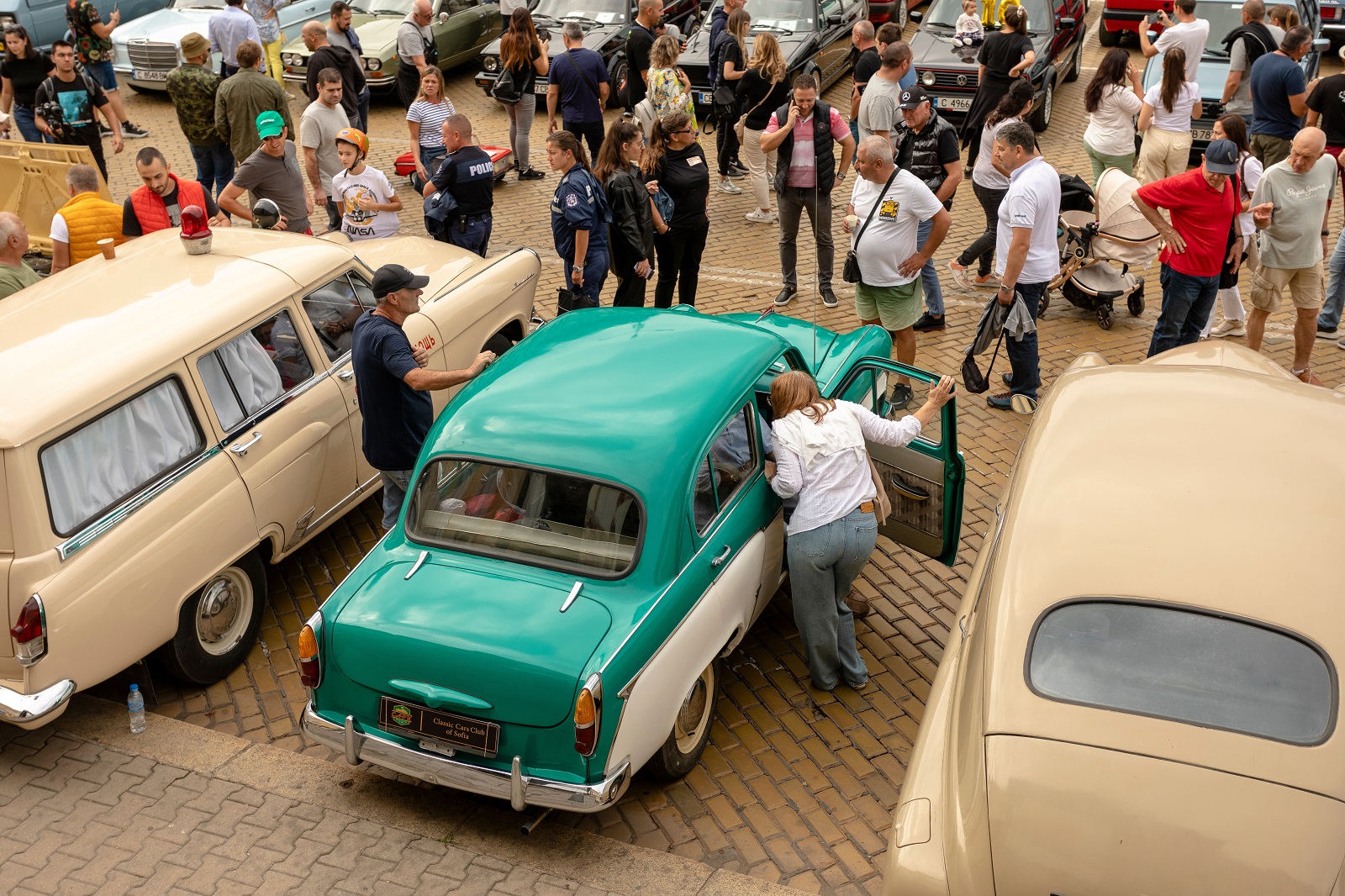
Image Credit: Shutterstock / djumandji
Classic cars are often passed down through generations as family heirlooms. They carry sentimental value and family history, making them cherished possessions. This legacy aspect adds emotional and financial value, further fueling the market.
20. Environmental and Sustainability Considerations

Image Credit: Shutterstock / Maurizio De Mattei
Some buyers are drawn to vintage cars for their environmental and sustainability considerations. Classic cars, often perceived as more eco-friendly due to their simpler mechanics and longevity, appeal to those seeking alternatives to modern, disposable consumer goods. This perspective contributes to the increasing interest in vintage vehicles.
21. The Timeless Appeal of Classic Design

Image Credit: Shutterstock / Darren Brode
The timeless design of classic cars continues to captivate new generations. The aesthetic beauty and craftsmanship of vintage vehicles stand in contrast to the often utilitarian designs of modern cars. This enduring appeal keeps classic cars in demand and maintains their market value.
The Lasting Charm of Classic Cars: Why They’re Here to Stay
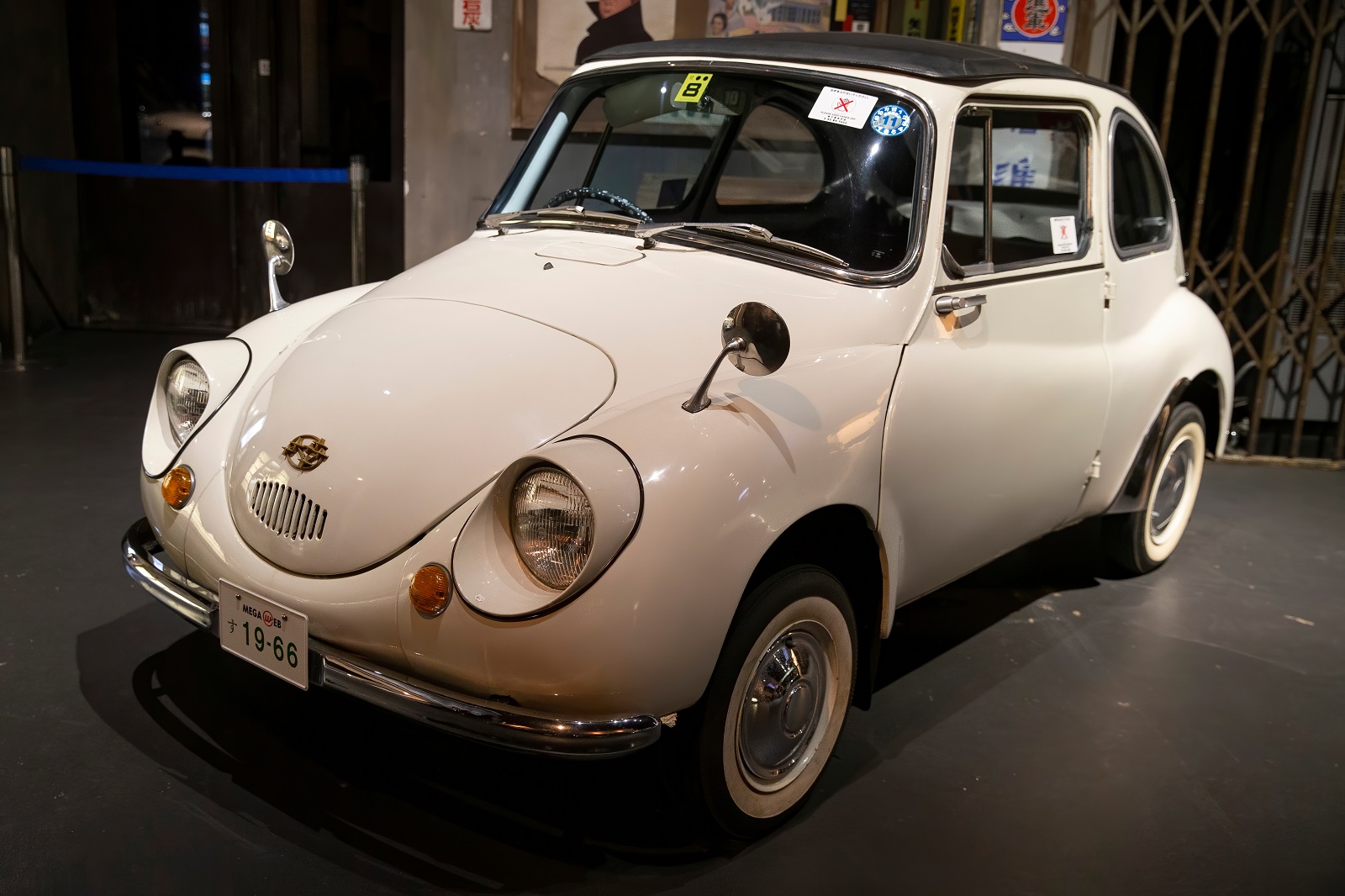
Image Credit: Shutterstock / Karolis Kavolelis
In the digital age, where technology evolves rapidly, vintage cars stand as a testament to enduring style and craftsmanship. The resurgence in their popularity highlights a timeless allure that modern vehicles struggle to match. Whether you’re a collector or simply an admirer, classic cars remain a cherished part of automotive history, promising to captivate enthusiasts for years to come.
Police Magnet: 7 Cars That Guarantee You’ll Get Pulled Over
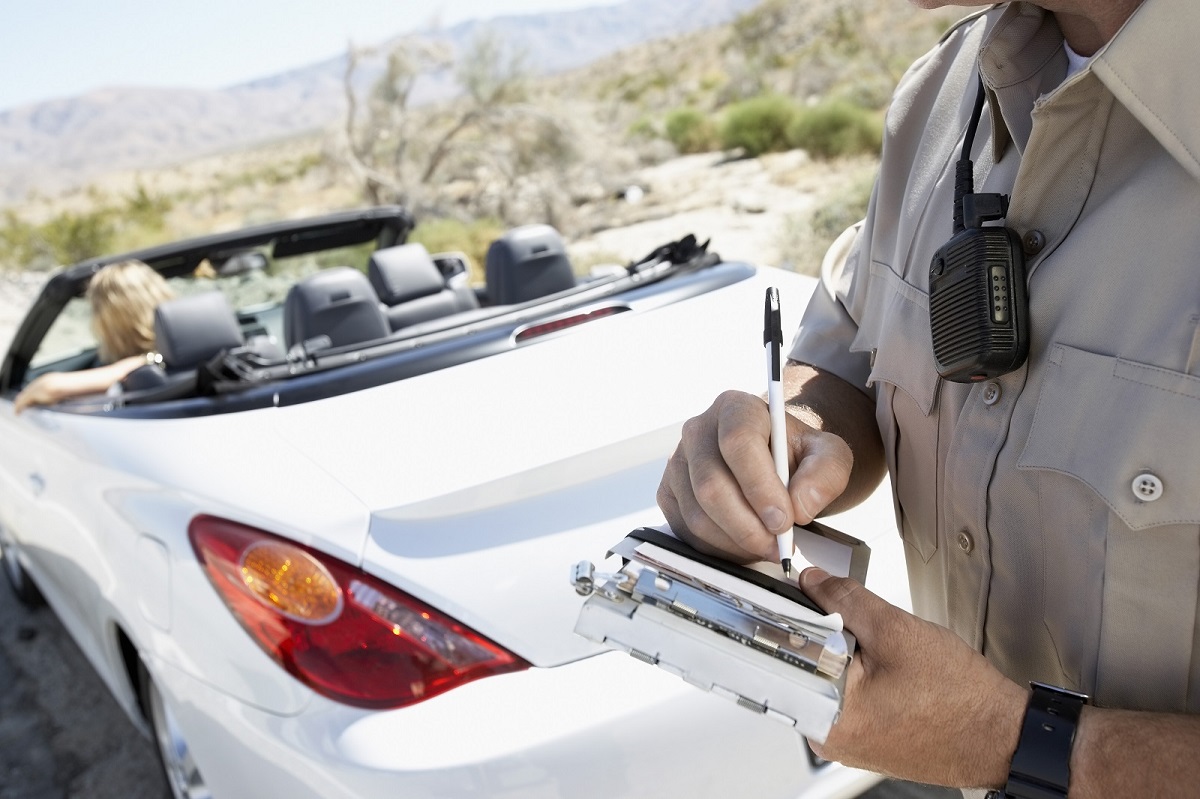
Image Credit: Shutterstock / sirtravelalot
Driving certain cars can make you more noticeable to law enforcement, even if you’re abiding by all the rules. Are you driving one of these “police magnets”? Here are seven cars that seem to attract more police attention than others. Police Magnet: 7 Cars That Guarantee You’ll Get Pulled Over
The Classic Cars That Were Total Clunkers
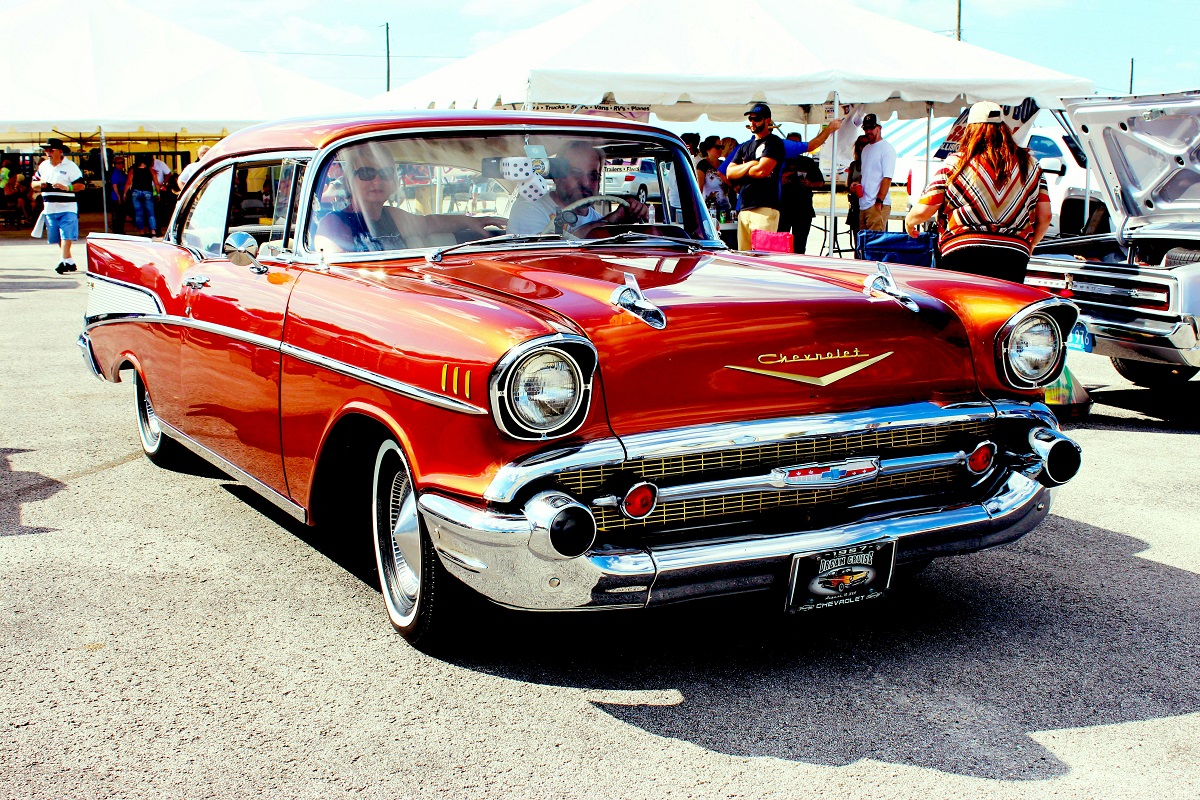
Image Credit: Pexels / Pixabay
Nostalgia has a funny way of making the past seem better than it was, especially when it comes to cars. But here’s the hard truth: some of those “classic” cars your dad raves about were real clunkers. Here’s a closer look at why some of those so-called “classics” weren’t all they were cracked up to be. The Classic Cars That Were Total Clunkers
The Worst U.S. Cars Ever Made: A Retro List
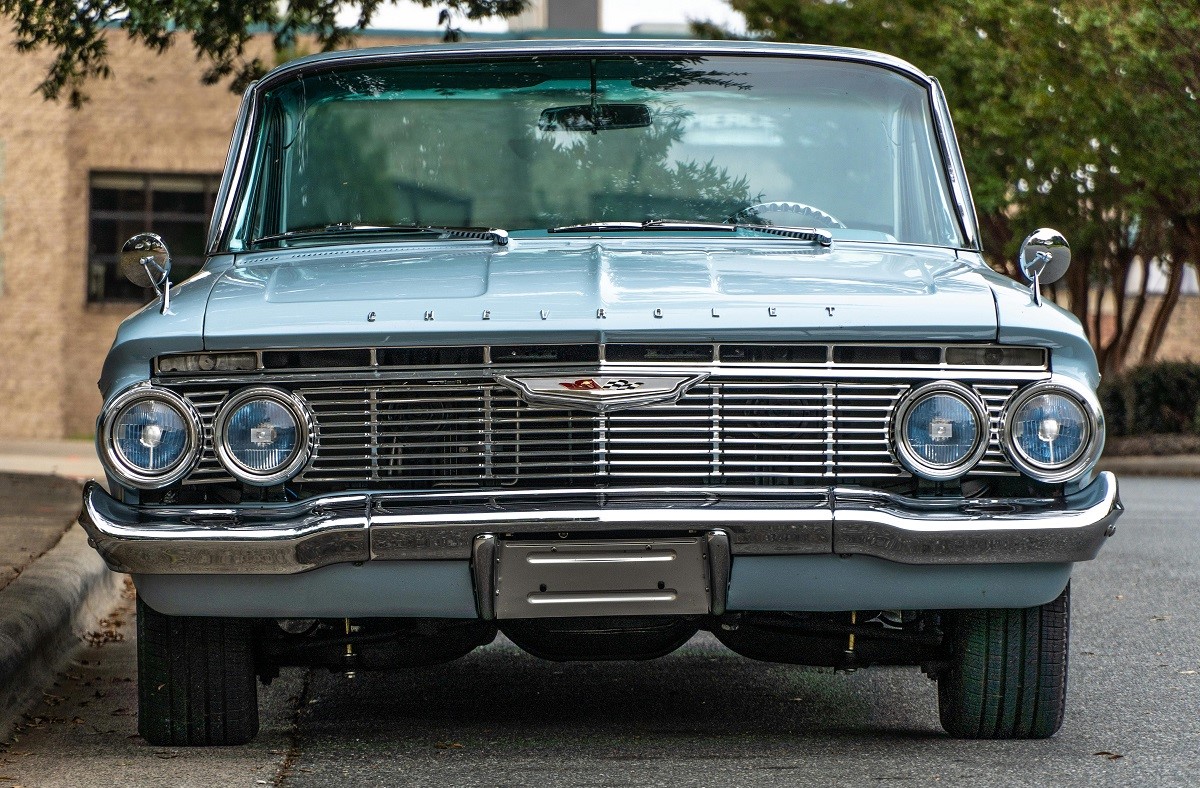
Image Credit: Pexels / Be The Observer
The U.S. auto industry has produced some incredible vehicles, but not every model was a hit. Here’s a look back at 16 of the worst cars ever made in the U.S., each infamous for its own unique flaws. The Worst U.S. Cars Ever Made: A Retro List
Featured Image Credit: Shutterstock / Vivid Brands .
For transparency, this content was partly developed with AI assistance and carefully curated by an experienced editor to be informative and ensure accuracy.
The images used are for illustrative purposes only and may not represent the actual people or places mentioned in the article.
